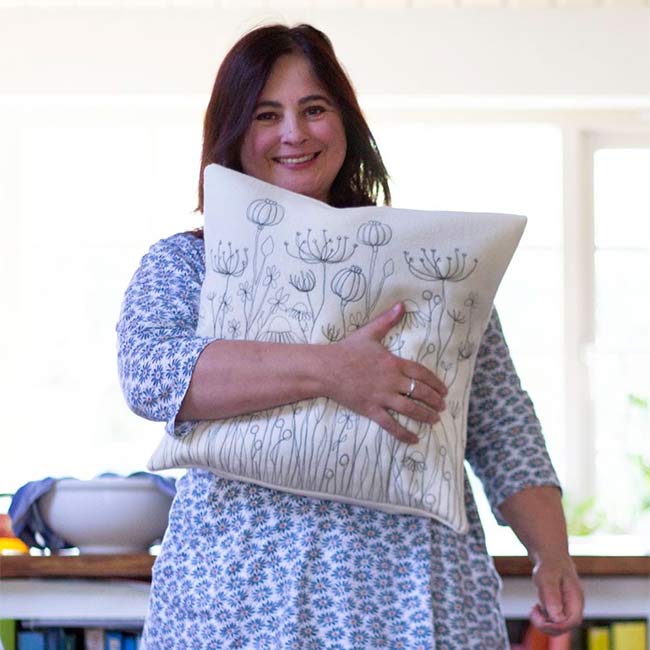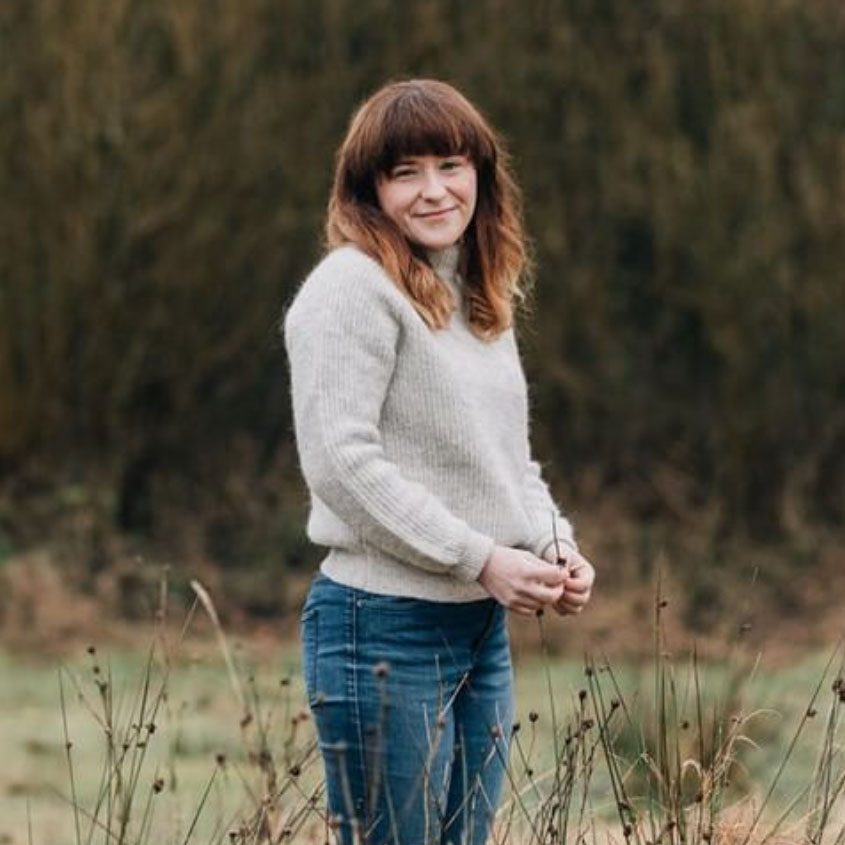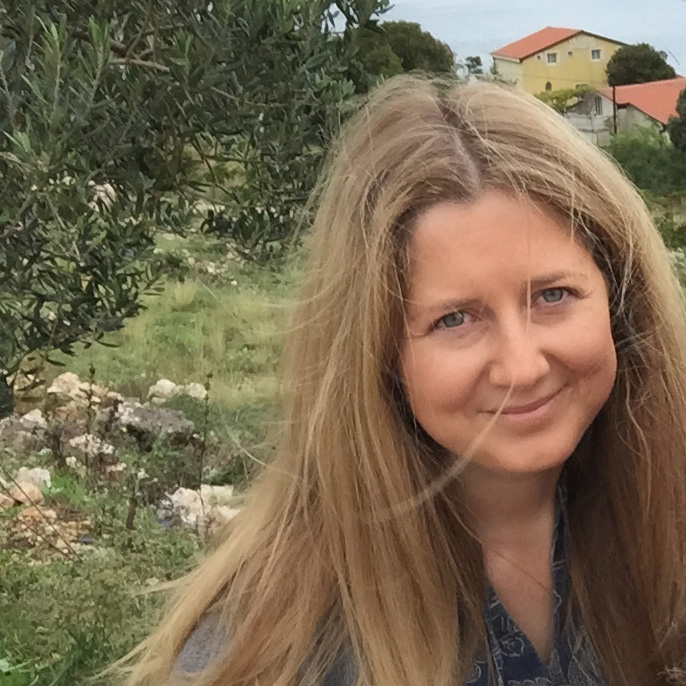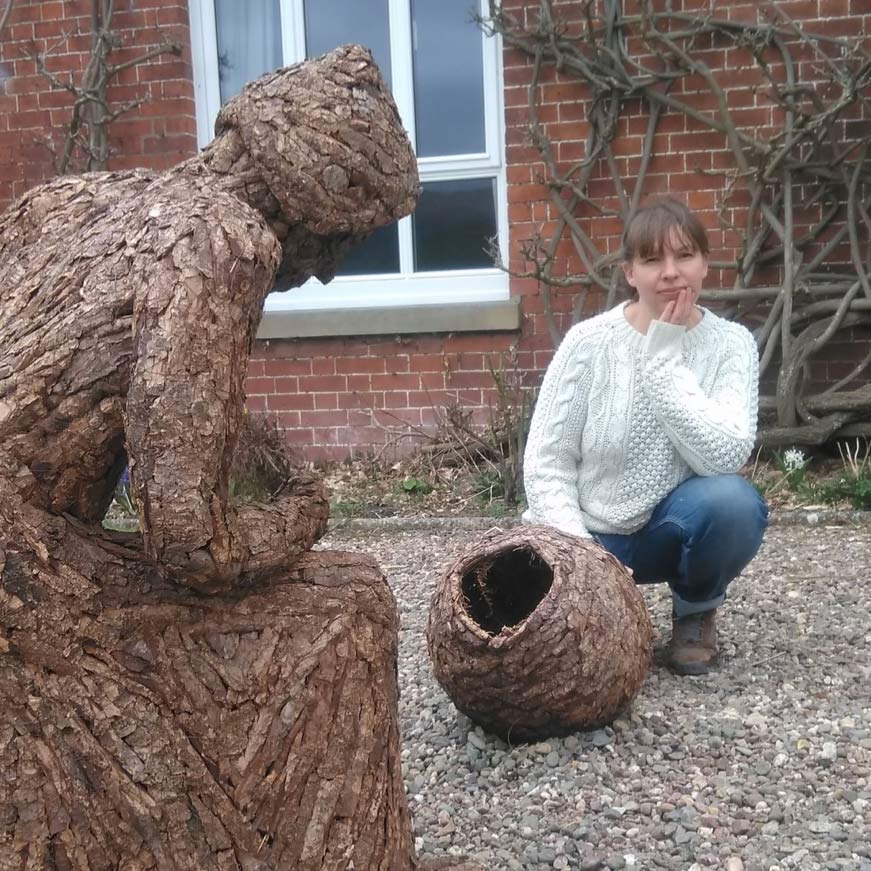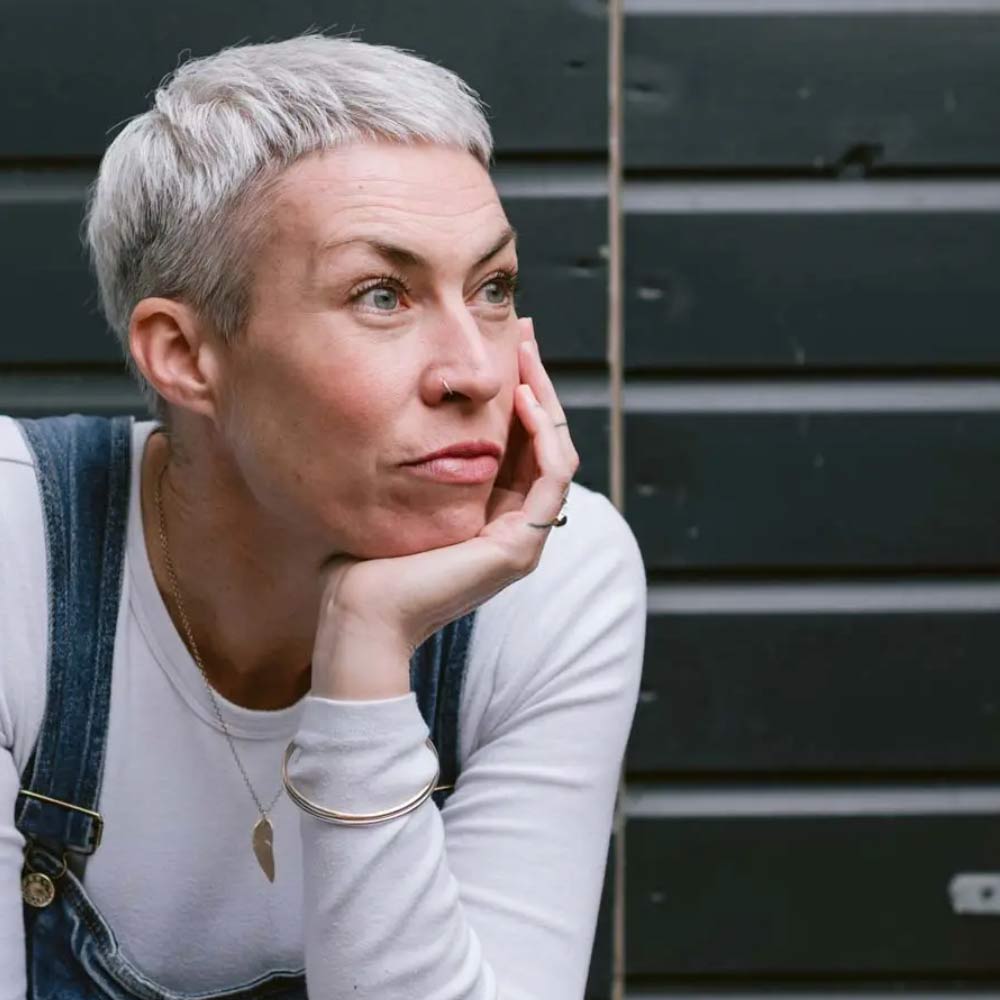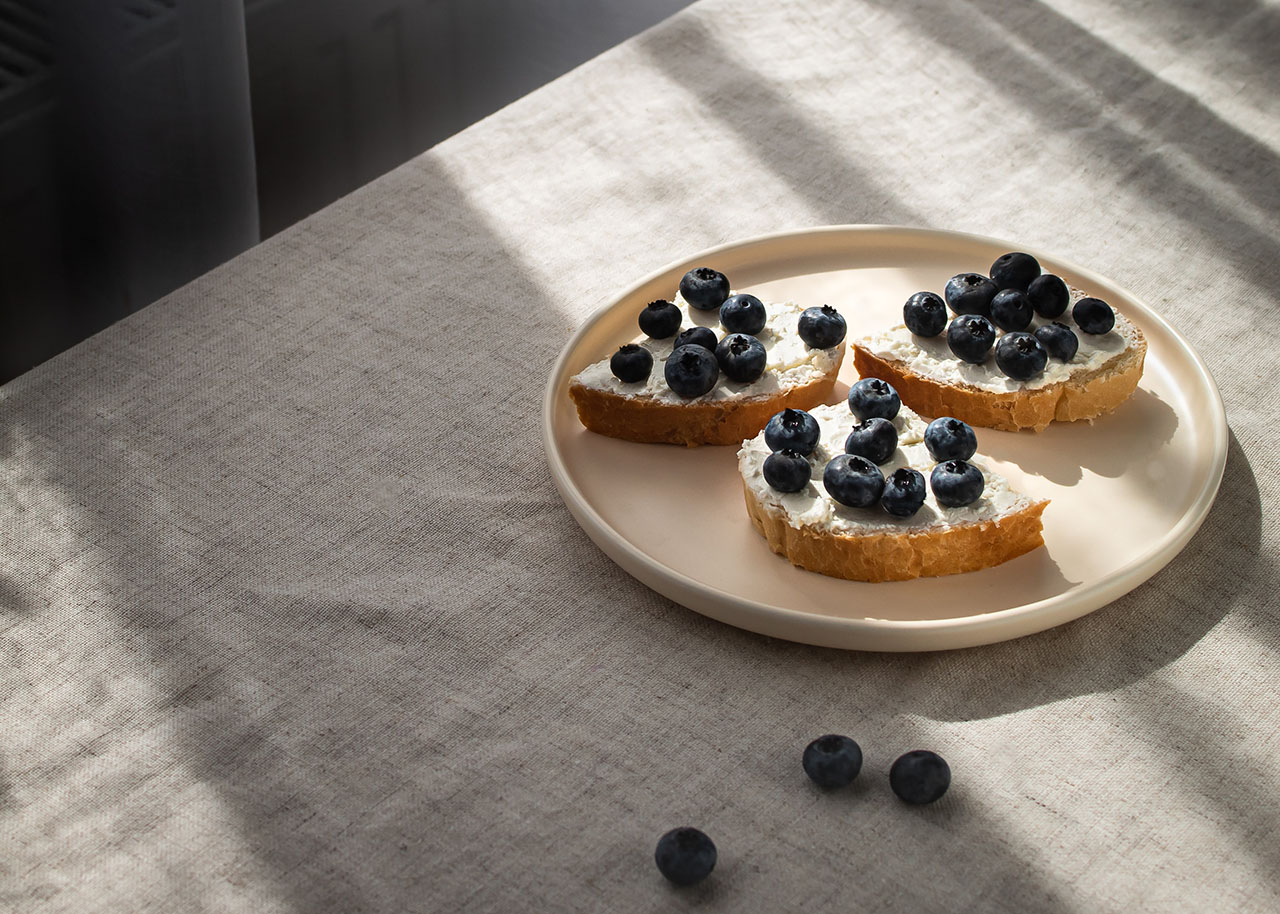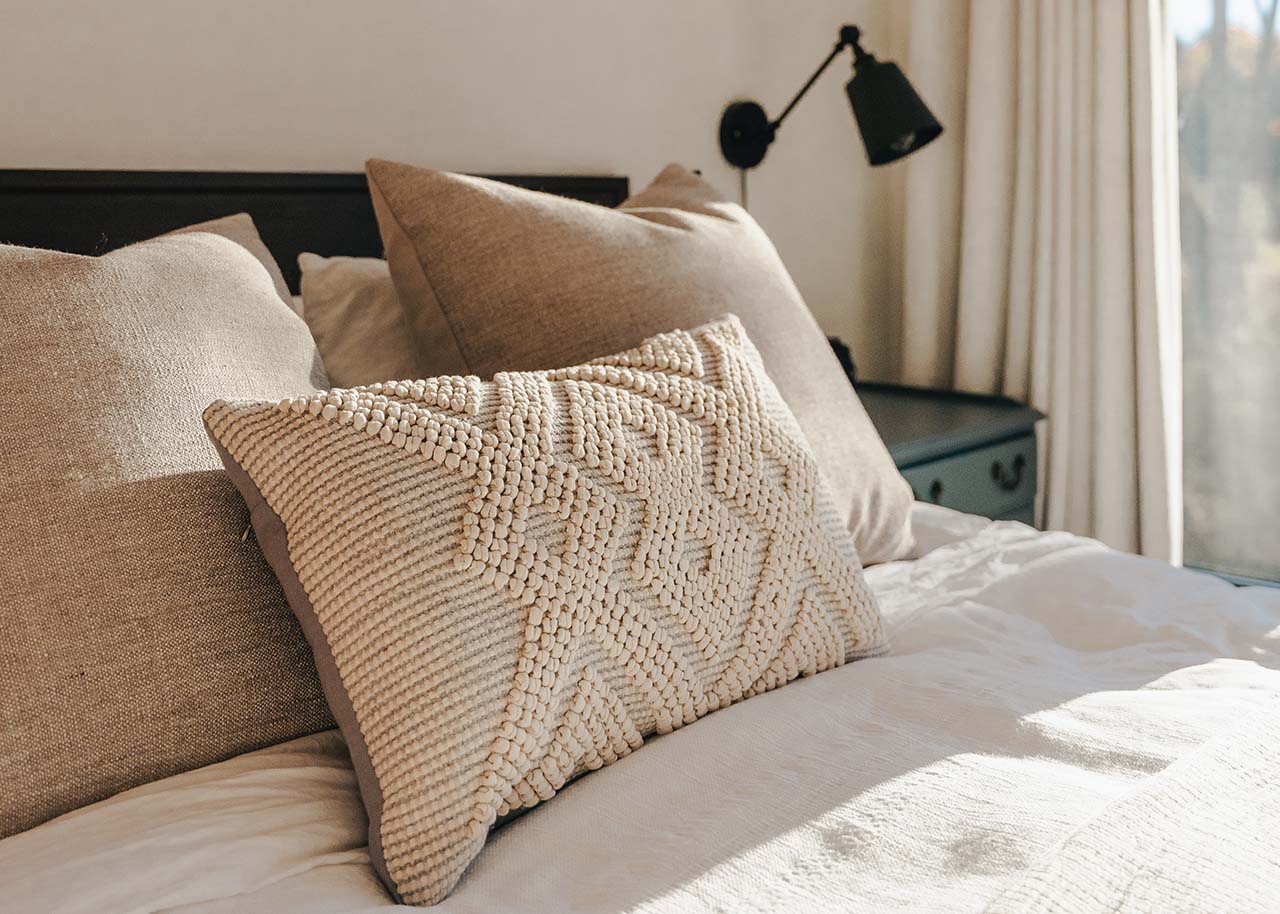Snapdragon Life | Jane Lindsey
Jane is the owner of Snapdragon Life, a part shop, part membership community that encourages people to find joy in the small things in life, and to bring the seasons into their daily lives. She is a writer, artist and cut-flower gardener, and lives in Loch Lomond National Park in Scotland.
We asked about where the idea for Snapdragon Life came from, how it’s developed and it continues to evolve. We chatted about how she balances working on her business with taking care of herself, and the things she finds difficult in her business.
words by Fiona Barrows and Jane Lindsey / images by Jane Lindsey
Hello Jane!
Perhaps we could start with you telling us a little bit about Snapdragon Life?
‘Snapdragon Life is a membership community all about the power of small things. Society often encourages us to supersize our lives, to have these great big scary goals, to pine after things and a lifestyle that we haven’t got. I think those kind of goals scare a lot of people, overwhelming them, and almost freezing them so they don’t make any changes at all. I believe that life is about living every day – not just the chasing of a particular lifestyle. What I encourage people to do is to bring the joy of small actions into their lives, through noticing seasonal changes, creating and growing things, and trying things out just for the joy of it. Often they find these small actions taken day after day add up to something amazing.’
How did you come with the idea for Snapdragon Life? Was it something you always wanted to do, or did it evolve naturally?
‘Snapdragon Life gradually unfolded in the wake of a crisis of confidence I had a couple of years ago. It was a February lunchtime, a beautiful day with snow on the hills, and I was driving to a local garden centre to buy a cactus for a product photoshoot. I was meant to be celebrating, we had just sold our 100,000th order on the marketplace website Not on the High Street – an amazing achievement for a kitchen table kind of business – but all I could think about was how many of those 100,000 things had ended up in landfill. It seemed like an immense amount of stuff, a great tower of stuff, and I decided to build a different kind of business, one that didn’t rely on selling things to generate profit.
I flipped the way that money comes into the business, so that members pay me monthly which pays for my personal costs, and any products we sell, such as craft kits and supplies, are sold to members at exactly what they cost for us to produce, without a profit. That completely changed the way that we think of products – they are now more about putting together things in a generous way, almost like a gift, instead of number crunching to hit a price point. My initial thought was that the savings would be people’s main incentive for joining the membership, but it’s turned out that the e-courses, tutorials and magazine are as much of a draw and that has allowed me to expand that side of the business. I now have a mini e-course running each month and a private Facebook community, which were not part of the original vision at all.’
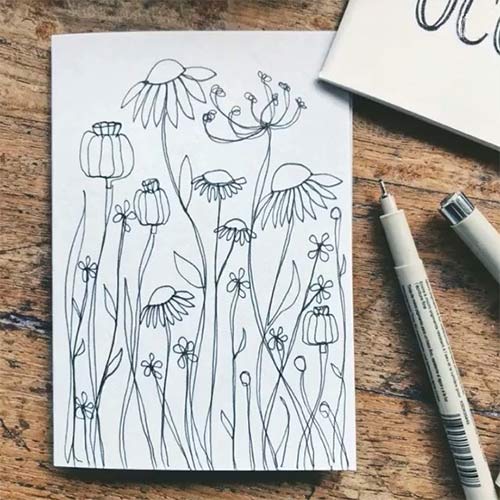
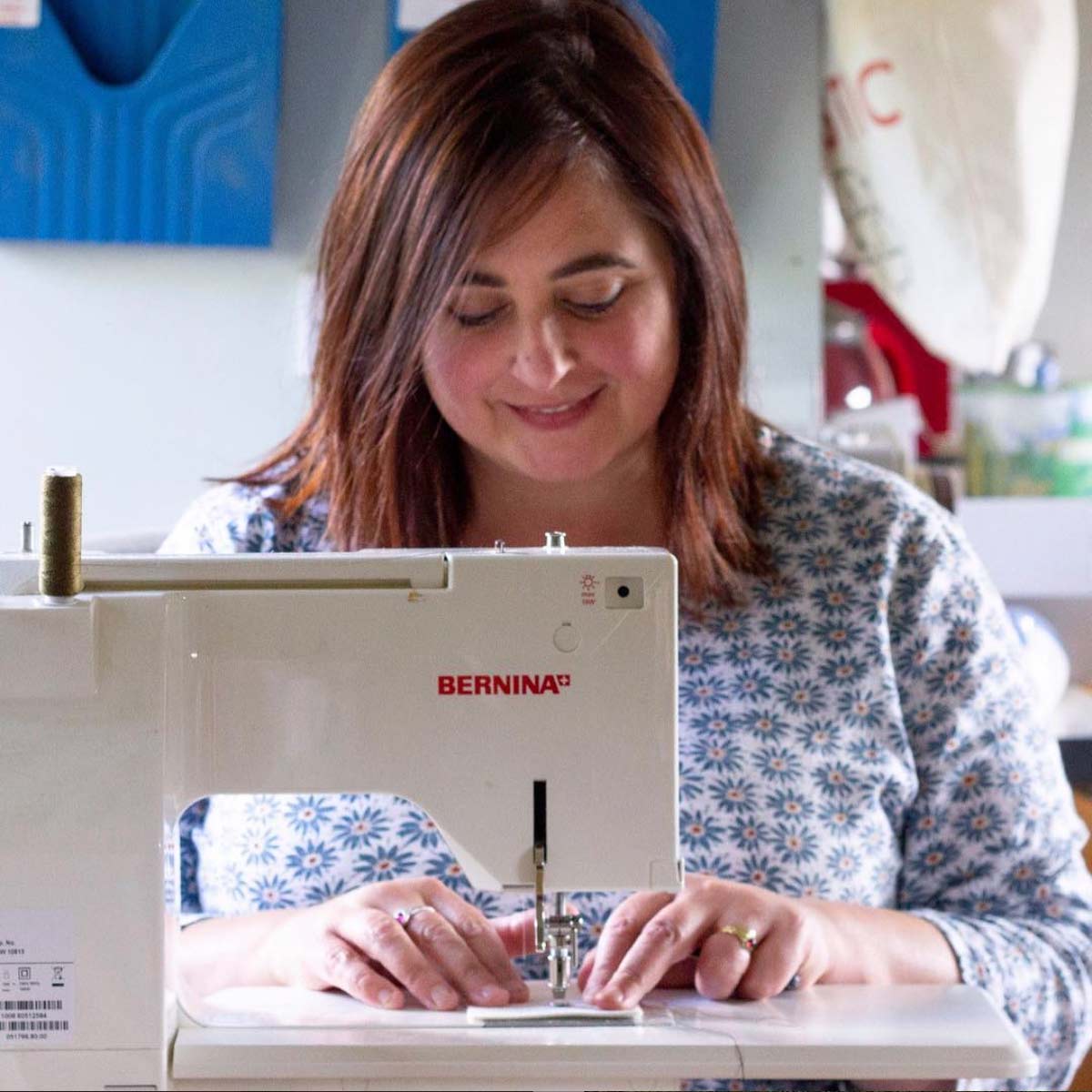
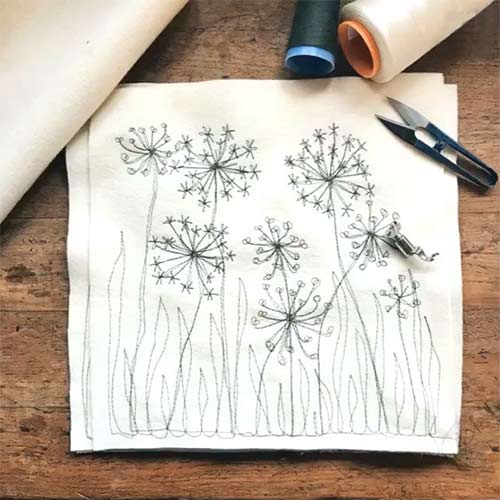
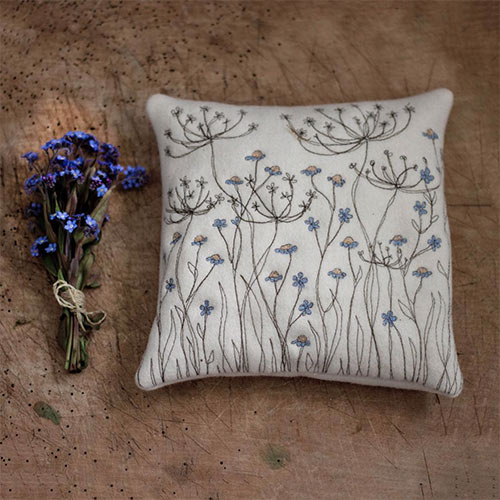
Snapdragon Life consists of both an online shop, and a membership community. How do you balance the two? Do they work together?
‘The membership community has become more and more important to the business and is the centre of what we do. The shop exists to support the community – a lot of the products we sell are craft kits and supplies which are linked to e-courses and tutorials. As we don’t add profit to our prices it’s a way to get more expensive materials at an affordable price – to use organic and vintage fabrics for example. I’m a textile designer, primarily a freehand machine embroiderer, but I don’t want to make lots and lots of products. Selling primarily within the community allows me to balance demand and production and to give people a view of the whole process.’
What links the two sides, I guess, is the idea of living a simple, slow and seasonal life. Why is this so important to you?
‘I believe that somewhere in the 1980s we all took a wrong path. That in the name of convenience and choice, we gave away a lot of things that we’re now struggling to get back. There are many, many aspects of life that have improved in the past 40 years, but there’s also been a disconnect from the simple things in life, in favour of a consumerism that’s all about more – more money, bigger houses, more cars, more Instagram likes, more Facebook friends. I think that deliberately slowing down, taking time, living with the rhythms of the natural world is the best way to connect back to ourselves – to find out what we are like and what we already instinctively know.’
You have a very eclectic mix of products! Where to do you get your inspiration for new products from?
‘I grew up making things – my mother is an artist and antiques dealer, and we were a very ‘make, do and mend’ household! The important part was always the process, the making, rather than the final result. Many of the clothes I made as a teenager had sellotaped hems, it was about having a go! A lot of the products I design, the craft kits in particular, are inspired by this – something unusual but simple to do. My own designs – embroidered and watercolours – are directly inspired by my garden, which is gardened on the wild side, so it’s a mix of wild flowers, weeds and chickens.’
How do you balance your business with taking care of yourself? Particularly in light of you suffering from Addison’s Disease.
‘One of the great things about having an auto-immune disease is that it’s taught me a lot about managing energy, and the way that stress saps energy like nothing else. I used to be a very type A person. I’m impatient by nature and it’s been very difficult for me to learn about stress management. I now know that I must not react to situations in a knee-jerk way – I must not get angry or I become immediately tired. I’m the opposite of the Incredible Hulk; when I get angry I go for a nap! I found the inspirational book Man’s Search for Meaning by Viktor E. Frankl really helpful. So now I know I need a lot of sleep, I need to listen to my body, to eat regularly, to be outside, to be kind to myself, but most of all to have a gap between things happening and my reaction. I’m a much kinder and nicer person now.’
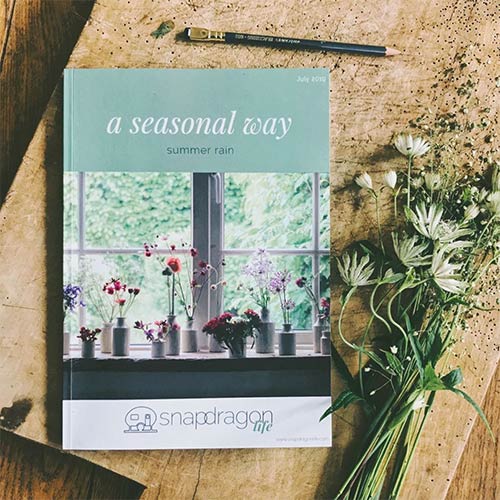
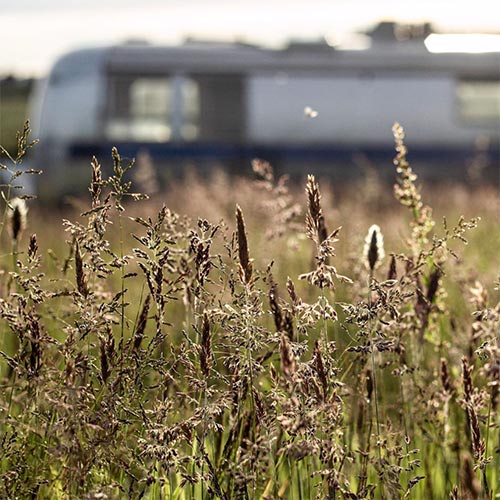
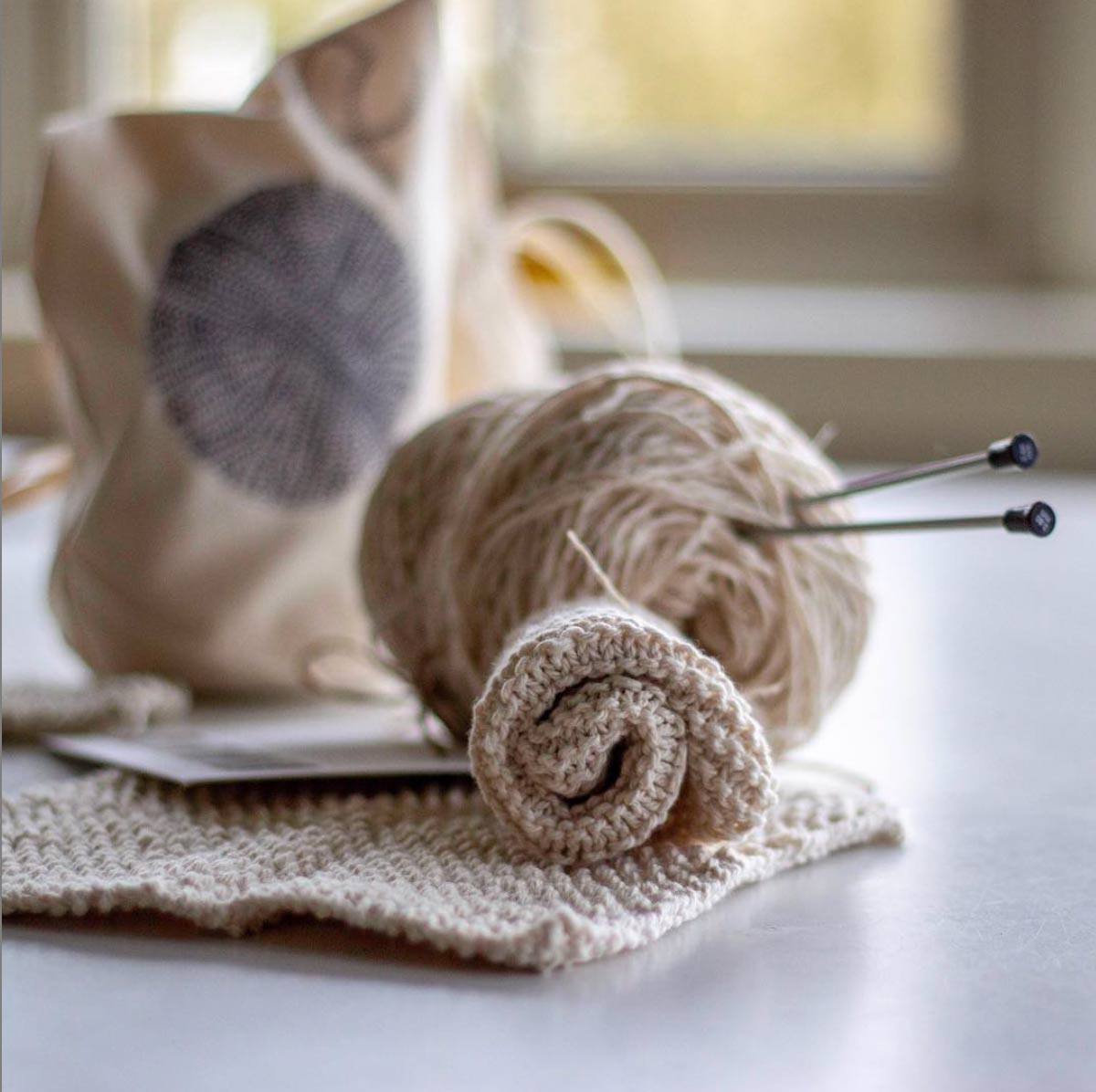
We obviously share a love of the outdoors and gardening! What is it about nature and being outside that you love so much?
‘My first proper job – the job I was trained for – was as Curator of British Art at the University of Glasgow. It was a great job – a coveted job – but my office was in a basement office without a window. I worked long hours and in the Glasgow winter I often didn’t know what the weather was like, and didn’t see daylight during the week. It was my own fault, nobody was exactly chaining me to the desk, but as I say I was a very driven young woman back then. I gradually became iller and iller with repeated bouts of tonsillitis and a constant cold. I think that I instinctively knew that it was a disconnect from nature as I began to pick flowers on my walk to work and have them in a bottle on my desk. By the time I decided to leave that job I didn’t know what I wanted to do, but I knew I wanted to spend time outside. I retrained in horticulture and began to grow cut flowers commercially – something I did on a small scale (weddings, farmers markets, garden gate ) from 2002 to 2010. Being outside just feels right for me – I feel I’m unconstrained, and that I can breathe. I particularly love growing things – planting seeds, transplanting, and then harvesting. Although I’m not a great weeder!’
What are your future plans for Snapdragon Life?
‘I would like to grow the membership side of Snapdragon Life – more members means I can afford to partner with other creatives, artists, writers, and bring more voices into the community. It would also allow me to do things like design more fabrics, print proper planners and so on. I plan my life in a particular way – a way of bringing joy into the every day rather than working through a to-do list or towards a goal step by step – and I shared my technique in the first issue of the Snapdragon Life Magazine (A Seasonal Way). The feedback for that bit of the magazine amazed me – I got far more emails about it than anything else and it seemed to have changed the way that people were planning their weeks and, really interestingly, was also setting other things in motion in their lives. I have expanded that article and put it up on my website (very quietly) as the thing you get for signing up to the newsletter. I shall be launching it properly at some point and I intend to create a physical planner around it – so that it can be integrated into people’s weekly diary more easily. We’re still at the beginning of the prototype stage but I’m very excited as it’s all about putting the living a life of joyful small things right at the heart of your day.’
Is there a part of the business you struggle with?
‘Talking about it! I really struggle with the idea of pitching the business, or even talking about it with people who don’t know what it is already – I think it’s an extension of that terrible thing when someone you meet asks you what you do and suddenly you can’t think of anything to say that doesn’t sound pathetic or delusional.’
I know exactly what you mean! And finally, what does slow living mean to you?
‘To me slow living is about paying attention. It’s about bringing yourself back to a way of living where you can notice everything around you, and engage with it properly; it is the opposite of coasting along on auto-pilot. I don’t think it’s actually about speed per se, but about connecting – I’m a very fast talker, thinker, writer, knitter, and I’m incredibly impatient – but I endeavour to live a very slow life by spending more and more time with my attention engaged.’
THE TOOL BOX
What materials do you use: ‘My favourite material is a natural fulled wool which we buy by the roll from J.S. Taylor in Sowerby Bridge. It is a woven wool that is then felted, and is the perfect material to draw on with a sewing machine.’
Which maker inspires you the most: ‘I love the flower drawings of Angie Lewin -in her drawings and prints she captures the chaos of growth, yet balances it with the tension of natural patterns.’
How do you get in the mood to work: ‘I’m always in the mood to work, but I’m not always in the mood for a particular type of work, so I have a pick sheet of different things that I can do – some design, some making, some admin – and choose from that.’
What’s in your mug beside you: ‘In the morning – coffee, in the afternoon – lemon balm and nettle tea.’
How do you relax after work: ‘I often go for a walk after work, or I might cook and set the table nicely. In the summer I take advantage of the long days to garden.’
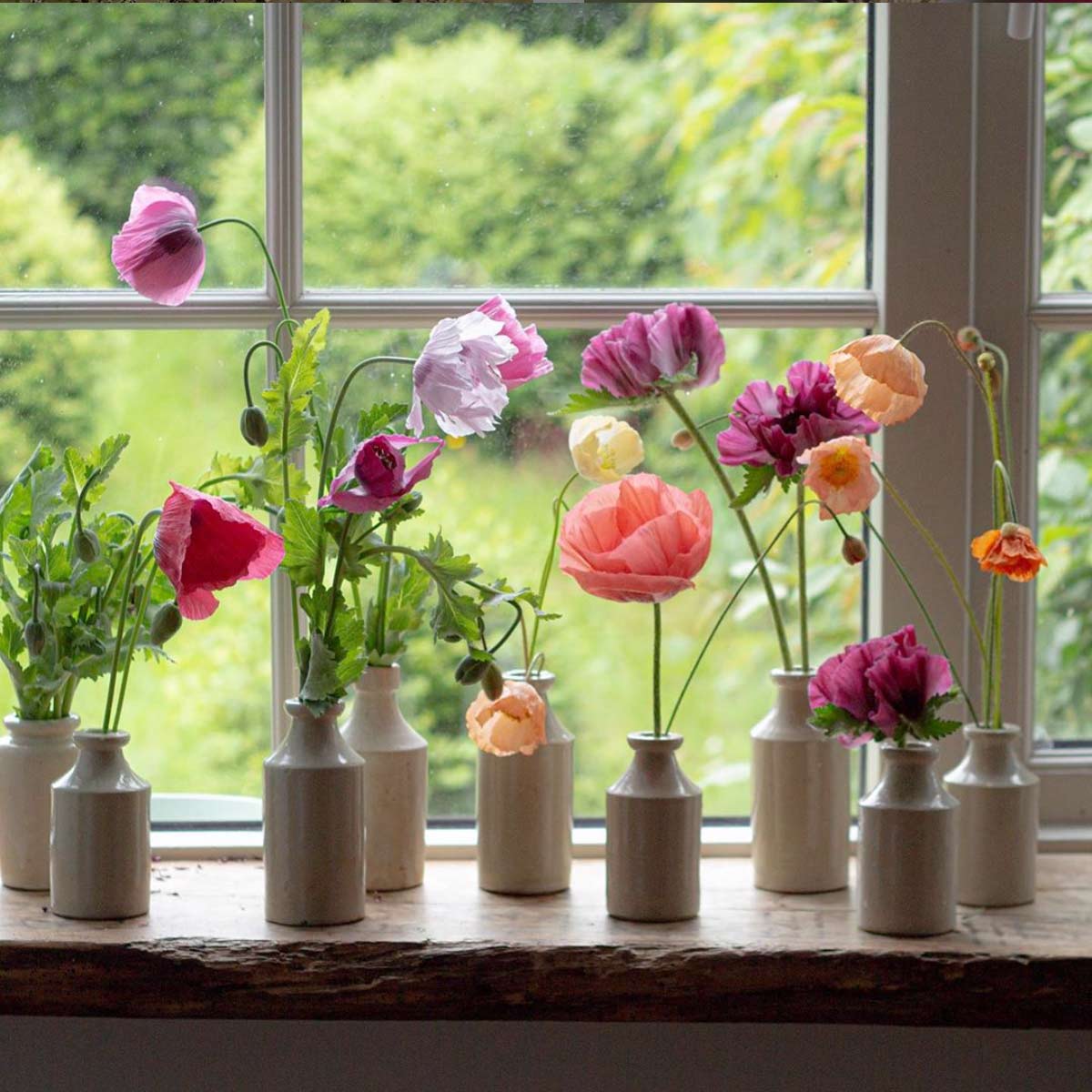
JANE’S TRADE SECRET
A slow living windowsill
‘90% of the time I arrange flowers in a row of old bottles on my windowsill – it only needs 7 stems and takes 5 minutes to do.
1. The best flower by far is a poppy – any kind of poppy works – pick them in full bud, at the point where you know that you could see coloured petals if you peeled back the green casing.
2. Boil a kettle and pour 5 cm of just boiled water into a mug.
3. Line up your bottles.
4. Cut your poppy to the right length, put into the hot water, count to ten and then put it immediately into the bottle.
Over the next few days it will burst out of its casing. Help it along if it appears stuck by squashing it slightly so the casing pops.
It’s the most amazing thing and it slows you down because every time you pass the poppy it will look different and you will notice it anew.’
MEET MORE BRANDS
Meet Noelene From Simple Home Holism
Noelene from Simple Home Holism advocates a holistic lifestyle and creates beautiful handmade self-care products to slow down.
Meet Sammy From Blue Brontide
Sammy is the founder of Blue Brontide, an eco-friendly toys brand, making beautiful heirloom toys that are built to last a lifetime.
Meet Tessa From Tessa Hayward Sculpture
Tessa Hayward creates stunning life-like woodland animal sculpture for both public and private homes and gardens using natural resources like bark.
Meet Paula From Paula Kirkwood Bags
Paula is the designer and maker behind P Kirkwood, creating sustainably crafted functional and minimalist style leather goods.
